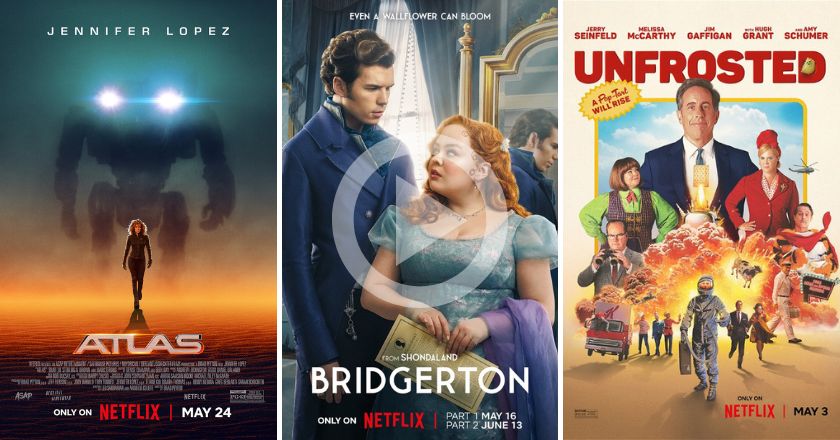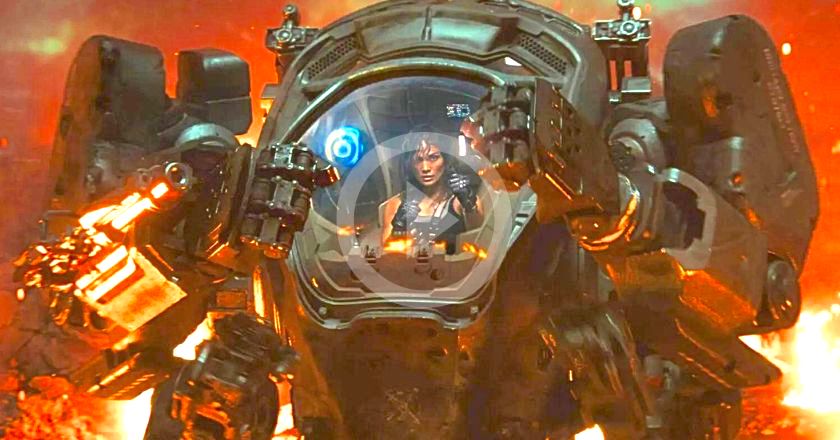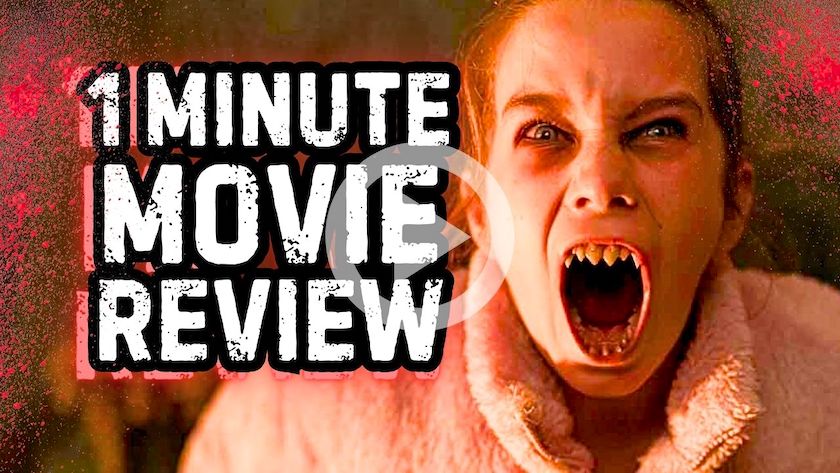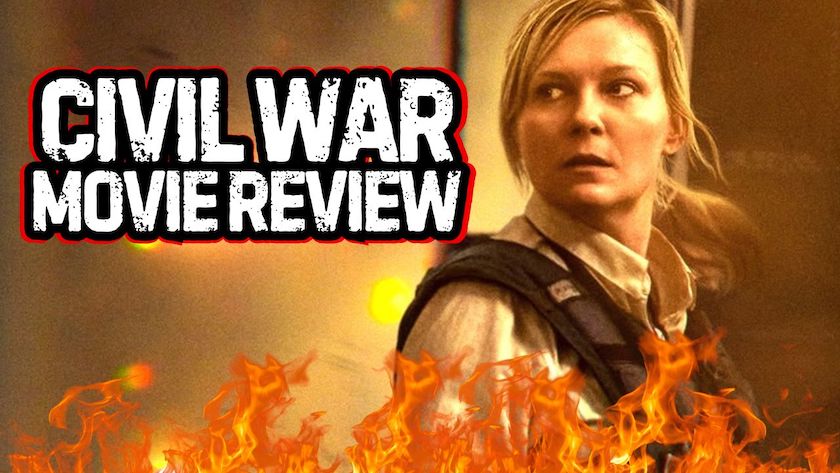
Unless you’re taking a particularly left-of-field approach, such as Christopher Nolan’s time-jumping narrative in Dunkirk, filmmakers wanting to tackle war films and recreate battles respectfully often have certain creative parameters they need to adhere to. Real conflicts and events were what they were, after all. Impact in the war film can come down to the visceral depiction, the clarity of the mayhem, and the attachment the viewer forms with those they’re following; areas that, for the most part, Australian war drama Danger Close: The Battle of Long Tan tackles well.
Director Kriv Stenders continues a diverse path following films such as suburban drama Boxing Day, dark comedy-thriller Kill Me Three Times and hit family-friendly tear-jerker Red Dog. He sets his sights on the Vietnam War here, re-enacting a bloody battle that saw 108 Australian and New Zealand soldiers fighting to survive again a relentless onslaught of some 2,500 North Vietnamese and Viet Cong soldiers.

Among those we follow: tough-as-nails Major Harry Smith (Travis Fimmel), deeply unhappy at having to look after an amateur and unruly group of soldiers; Private Paul Large (Daniel Webber), a young soldier that’s managed to really irk Smith; professional and composed Sergeant Bob Buick (Luke Bracey), who may be Smith’s only friend on the base; and Brigadier David Jackson (Richard Roxburgh), who’s strong-headed tactics away from the field will put him at odds with Smith when it all hits the fan.
A little characterisation is provided for the men before we head off to the titular battle. We needed more. While we do get to know a few of the guys, they’re familiar, archetypal war-film personas, fueled by some lacklustre dialogue and interactions that we’ve seen play out way too many times. The rest of the group are barely given a spotlight to share, leading to more confusion (“Oh, didn’t he got shot earlier? Who was he?”) than emotional wallops when the bullets begin flying. Thankfully, it’s a solid cast of actors and they elevate the personal stakes above the script’s shortcomings. The camaraderie of the group feels authentic, although it does feel as though the film is in a hurry to get us to the action – which comes at an emotional cost on the other end.

Nevertheless, it’s a film about a battle, and it is here where Danger Close shines. The action scenes are kinetic and intense; as the endless barrage of bullets speed around the men, smacking into dirt, trees, and, with sudden shocks, soldiers, we the viewer are right in there experiencing a little of what it may have felt like. The Queensland bush is used to great effect doubling as the oppressive Vietnam jungle, hiding opposing forces with just their sounds coming from vague directions. It’s certainly suspenseful, looking through the tree line to see if we can make out a figure before the crack of a bullet hitting something nearby.
Kudos to Stenders and cinematographer Ben Nott (Daybreakers, Predestination) for giving the film strong visuals: long camera moves, hovering just above the ground as we go from one pinned-down solider to another; terrifyingly beautiful ultra slow-mo shots, showing the effects of canon fire, agonised faces, and weapons firing. Indeed, it’s a big production and a very good-looking film, and one that should provide comfort for local audiences that don’t flock to Aussie fare because of the – for lack of a better word – cheaper production look that can be associated with Australian films. Australian war films aren’t a regular occurrence, let alone ones this size; I recommend you see it on the big screen.
Stenders has a clear focus on geography, ensuring the audience is well aware of the distances between the groups of men and what elements are holding them apart/keeping them trapped. Whether it’s with clear shots of physical maps or actually taking the camera into the skies from one location and travelling to the next (CG-injected shots that work a treat), we’re well aware of the layout of the battlefield as the chaos unfolds.

And yes, it’s a violent war pic and the film doesn’t sugarcoat the brutality of some moments. But the carnage is kept to a mostly tame level when compared to some other war films; we’re not on the flying-guts level of Saving Private Ryan and Black Hawk Down here.
Danger Close: The Battle of Long Tan sits perhaps too comfortably among similar cinematic works that have come before it and the film’s impact feels lessened because of the over-familiarity and character-skimming. That being said, it’s a solid war film, one that respectfully depicts a harrowing battle and the brave men that had each other’s backs during the most dire of circumstances.
SCREEN REALM SCORE: ★★★☆☆
‘Danger Close: The Battle of Long Tan’ opened in Australian cinemas on August 8.
https://www.youtube.com/watch?v=kCWxpkBDjTQ&t=10s








